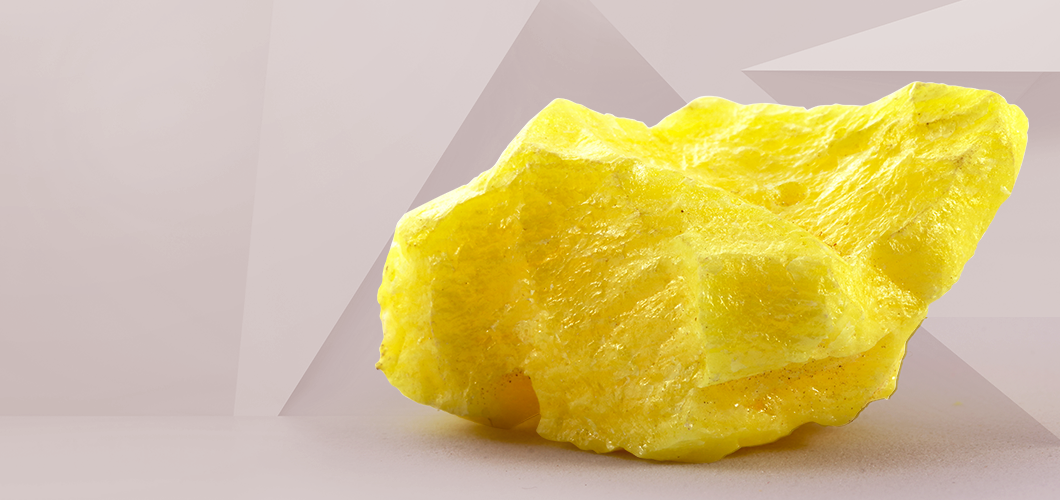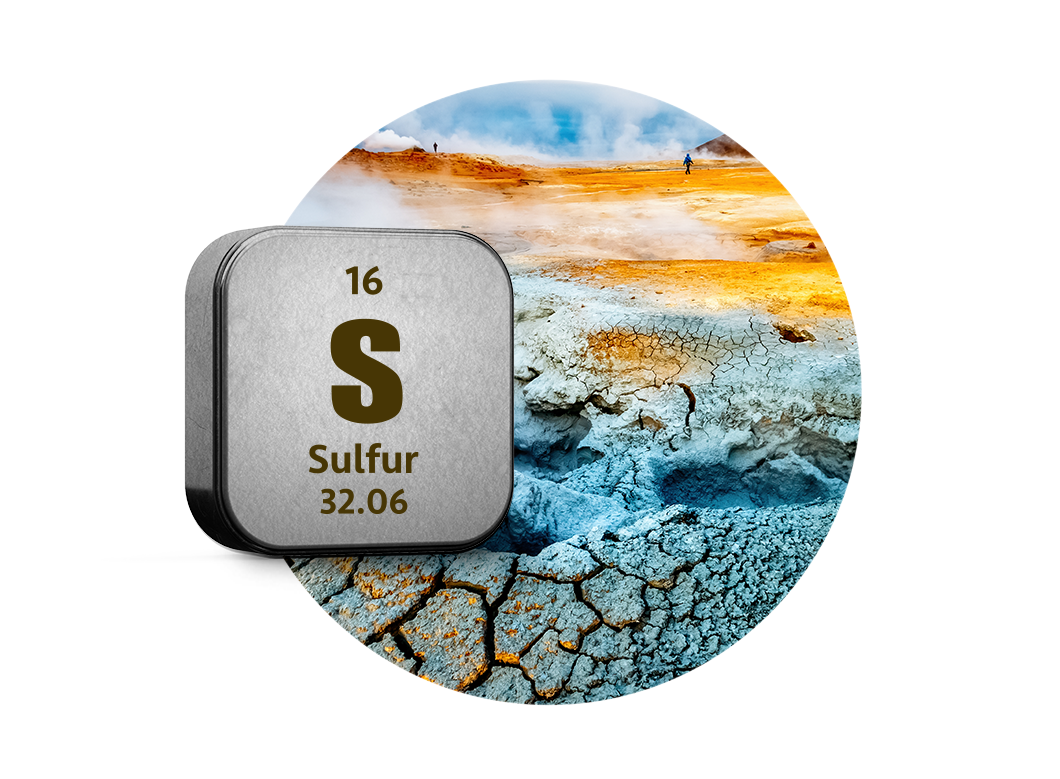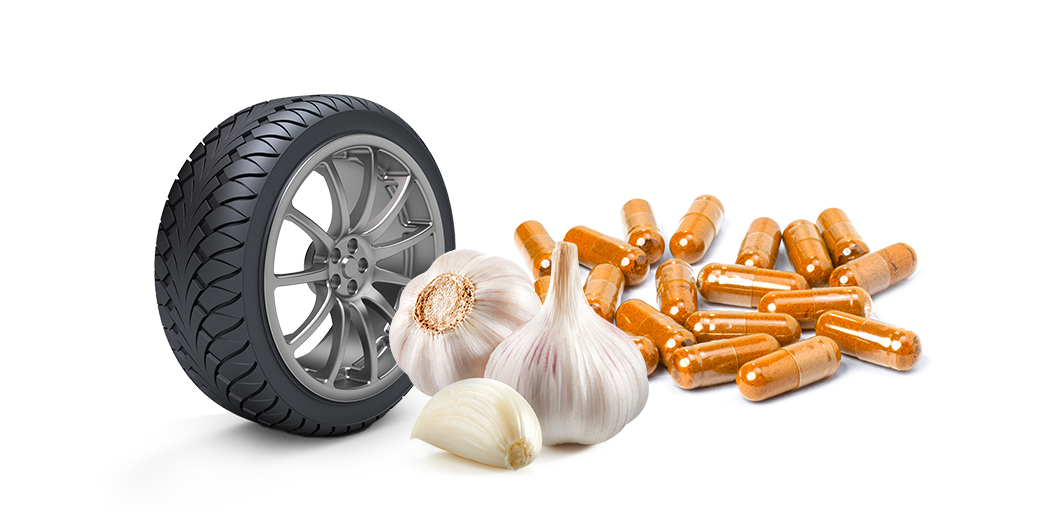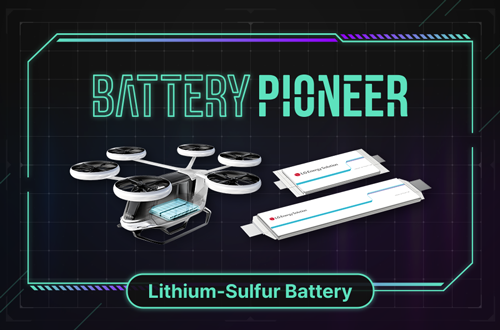We have introduced the lithium-sulfur battery as the next-generation battery after lithium-ion batteries. Now, let’s learn about sulfur, a key element of lithium-sulfur batteries for making them cheaper, lighter and more environmentally friendly.

The Origin of the Name
In the Old Testament account, Sodom and Gomorrah, two biblical cities notorious for their sinfulness, were destroyed by fire and sulfur. The name sulfur derives from the Latin sulphurium that comes from the Sanskrit sulvere, meaning the origin of fire.

Properties
Sulfur is a nonmetallic element with the atomic number 16, the symbol S. The 16th most abundant element on the Earth is a yellow solid at room temperature, but when combusted, it burns with a blue flame, emitting sulfur dioxide (SO2) that has an awful odor. Also, sulfur is mostly found in volcanic regions.

Discovery
Sulfur has been used since the ancient times. The Egyptians used it in pharmaceutical applications, or for bleaching fabrics or disinfecting their homes with the gas produced by burning it. The ancient alchemists regarded sulfur as a crucial substance and believed all substances of the world were made of the mixture of sulfur and mercury. Sulfur was recognized as an element only later in 1777 by Antoine-Laurent de Lavoisier.

Various Roles
Today, sulfur is used in various industries for making matches, pharmaceuticals, fertilizers, pesticides, paper, textiles, and metals. So much so that the amount of sulfur consumption is now an indicator for the economic level of a nation. It also has an important biological role. It is contained in human hair, nails, and skin. It is also in amino acids that are included in garlic. The smell of burning hair and the pungent flavor of garlic are attributable to sulfur.

Lithium-sulfur Batteries
Meanwhile, the demand for sulfur is rising in the battery industry as lithium sulfur battery is regarded as a next-generation battery. A lithium sulfur battery has sulfur in its cathode and lithium in its anode. It is lightweight and has high capacity and density.

Also, it has price competitiveness since the abundant sulfur replaces rare metals such as cobalt and nickel. If commercialized, the battery is expected to be in high demand to be used for future transportation such as passenger drones and urban aircraft.





